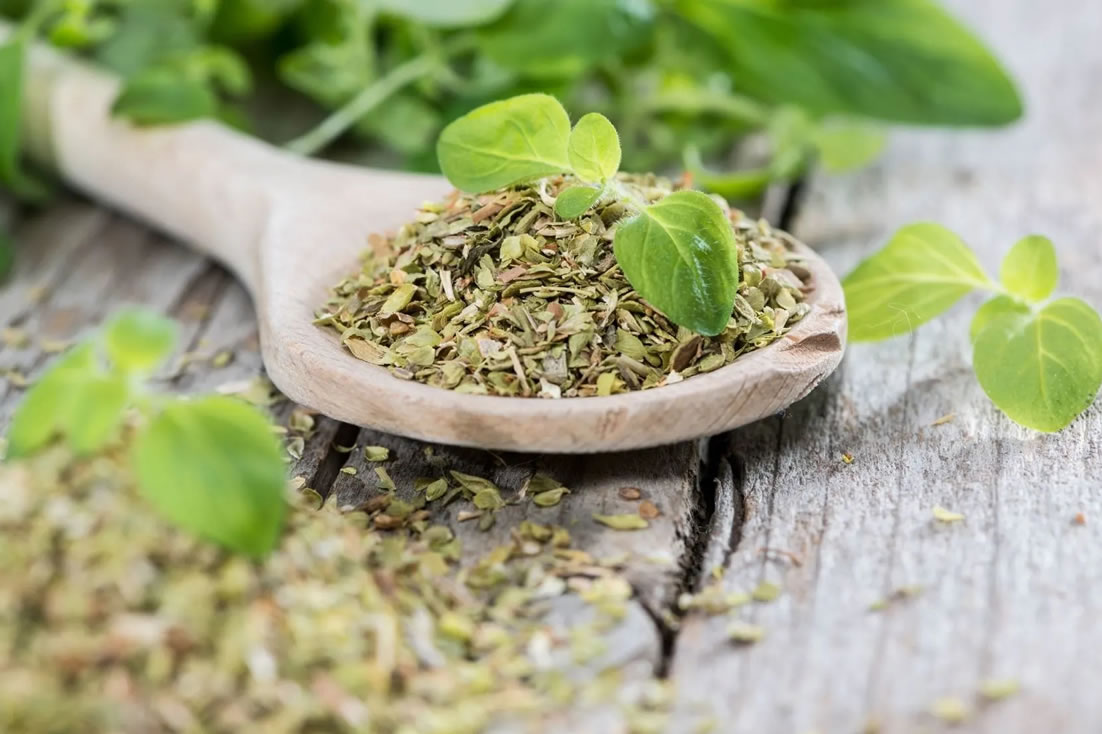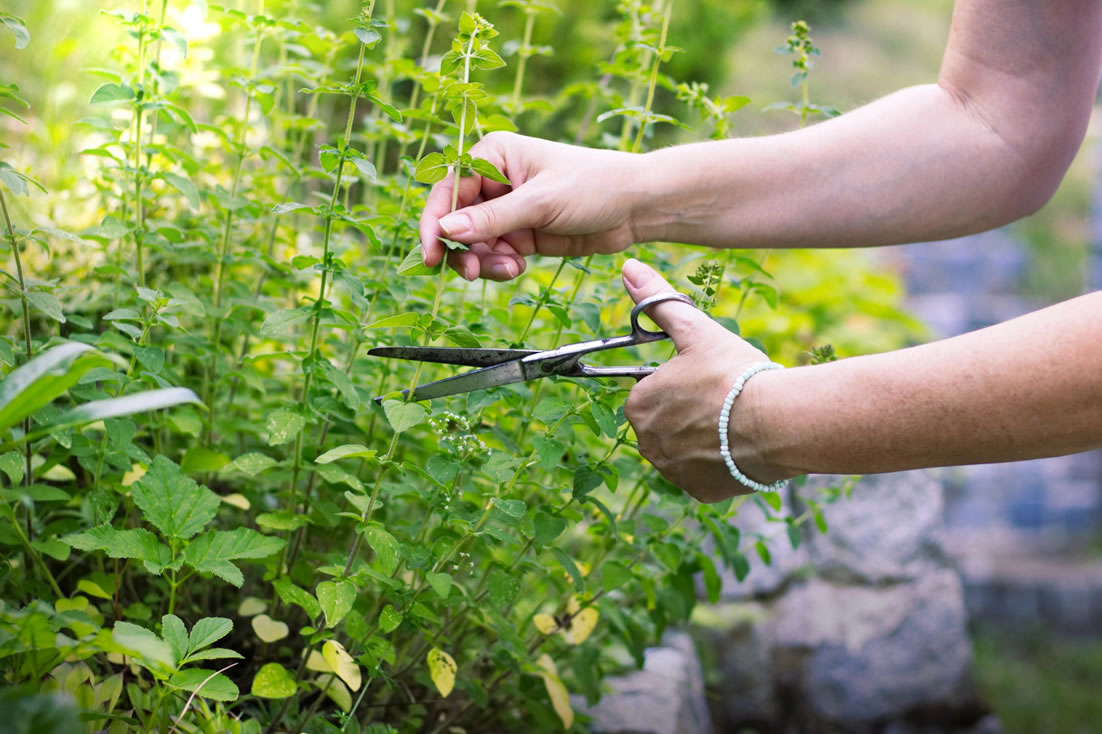Oregano


Good to know
The history of oregano dates back to the ancient times and it is considered to be one of the most popular spices in Greek cuisine. In ancient Greece and Rome, it was a symbol of prosperity; hence, it was used to weave wreaths for wedding ceremonies. According to the Greek mythology, the plant was created by the goddess Aphrodite who named it “the herb of joy”. During the Middle Ages, oregano was considered to have magical properties, being one of the main ingredients for happiness and tranquility spells while its leaves were hailed as lucky charms. Furthermore, according to the Greek lore, the herb wards off evil spirits and protects households from Christmas’ hobgoblins.
The word oregano derives from the Greek words oros (meaning “mountain”) and ganos (meaning “bright”) literally translating as ‘the one that brightens the mountains” while a number of famous ancient Greeks, such as Aristotle and Hippocrates, have highlighted its numerous medicinal uses.
Oregano (Origanum vulgare) is a perennial plant of the Lamiaceae family, originally coming from warm climates in Eurasia and the Mediterranean region. Apart from the characteristic aroma and taste that offers as a food seasoning, it is anti-inflammatory and antiseptic while it contains 12 times more antioxidants than orange. At the heart of the plethora of its medicinal properties lies its most abundant compound, carvacrol, which helps, among others, with coughing fits, high blood pressure and rheumatism.
It can be consumed as an infusion or used as cooking oil and ethereal oil but it is widely known as a spice. After all, who could think of a Greek salad without the bold taste of oregano?


Soil preparation
It does not require special handling as it is planted in mountainous, sloping, stony soils. Before planting, tillage is carried out by hand to the extent possible.
Season – planting density
In the middle of autumn, after the first rains. Alternatively early spring. Planting density 2,000 – 2,500 plants per hectare (0.70 – 1 m between rows X 0.50 – 0.60 m on rows).
Soil requirements – Fertilization
It adapts well to stony soils, draining soils and requires high altitude (>500m). Hot areas, with flat plots of land that "dominate water", are unsuitable.
Irrigation
It can also be cultivated as a dry plant, but it makes good use of water when it is given as long as it is in small doses and does not remain in the root system of the plant as it is sensitive to root rot.
Harvesting – Drying
Harvest in full bloom in the months of June – August depending on the cultivation altitude. Only the flowering stems are harvested. Dry in bundles, hung upside down in a shady cool place
CONTACT US FOR MORE INFORMATION
ABOUT OUR PRODUCTS



